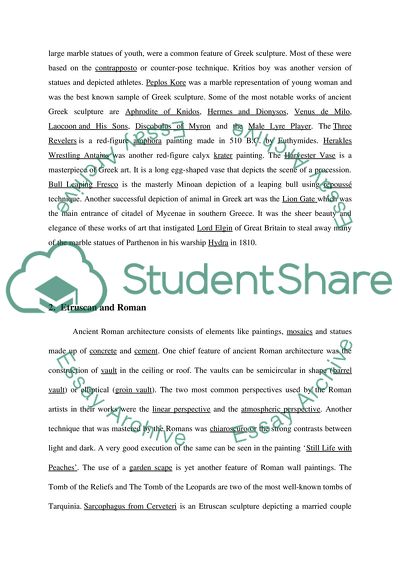Cite this document
(“The history of art Essay Example | Topics and Well Written Essays - 1500 words”, n.d.)
Retrieved from https://studentshare.org/visual-arts-film-studies/1650655-the-history-of-art
Retrieved from https://studentshare.org/visual-arts-film-studies/1650655-the-history-of-art
(The History of Art Essay Example | Topics and Well Written Essays - 1500 Words)
https://studentshare.org/visual-arts-film-studies/1650655-the-history-of-art.
https://studentshare.org/visual-arts-film-studies/1650655-the-history-of-art.
“The History of Art Essay Example | Topics and Well Written Essays - 1500 Words”, n.d. https://studentshare.org/visual-arts-film-studies/1650655-the-history-of-art.


